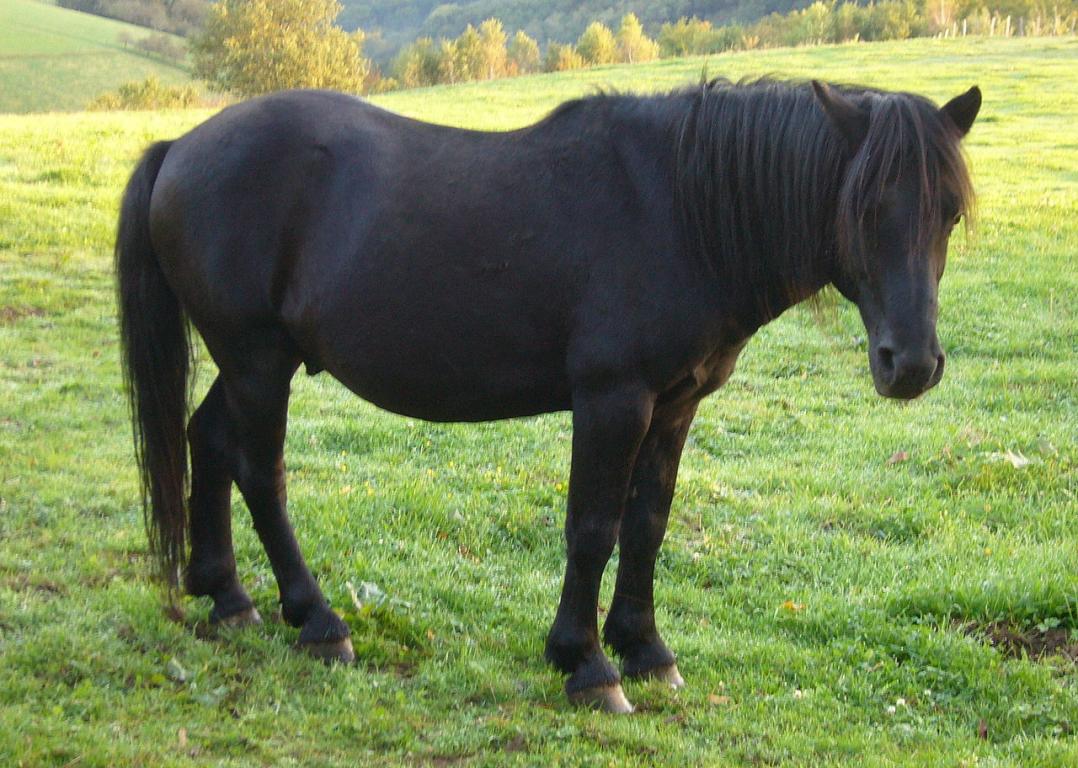
Continent: Europe
Country: France
Weight: 250 – 400 kg
Height: 115 – 147 cm
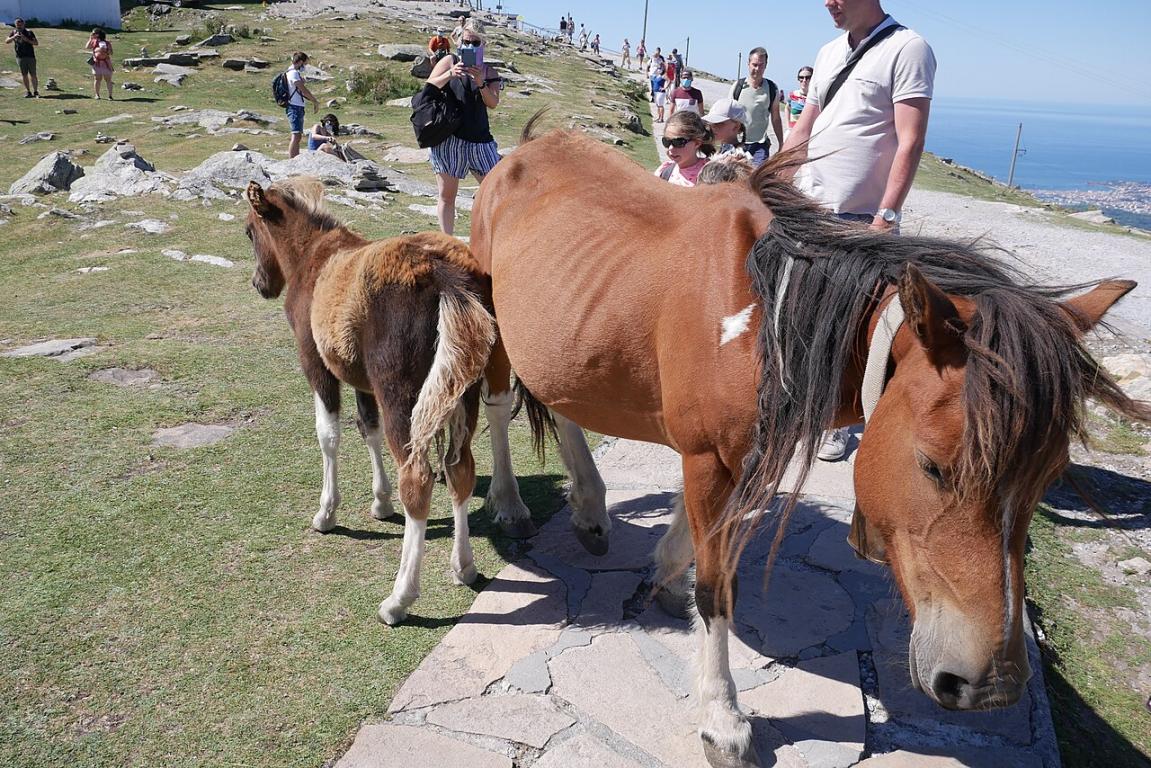
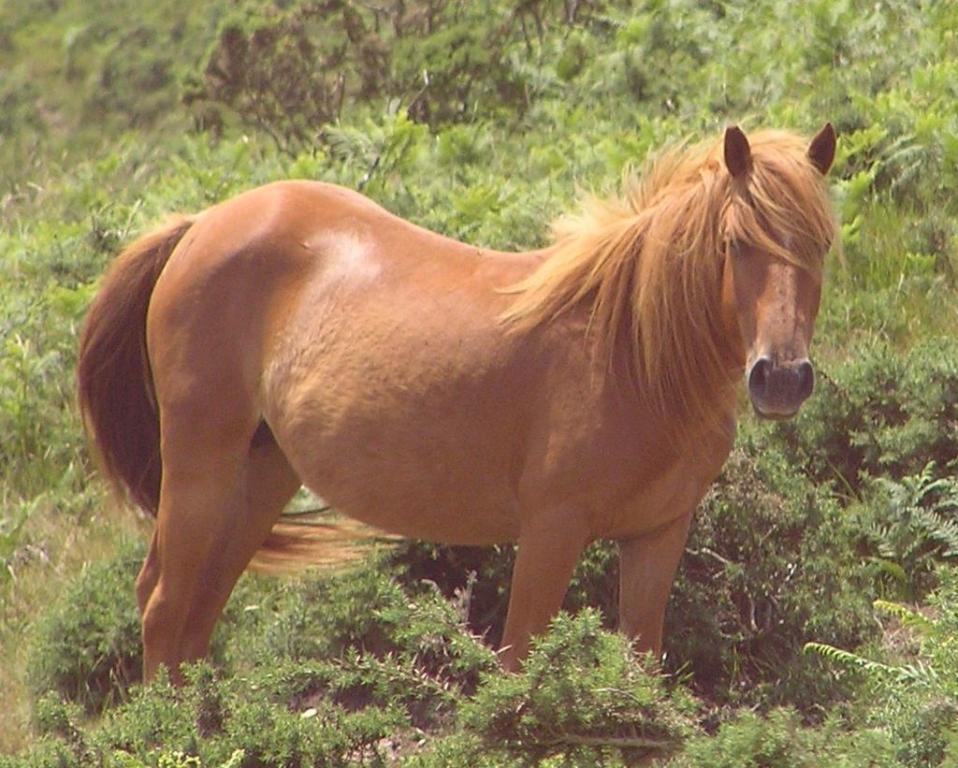
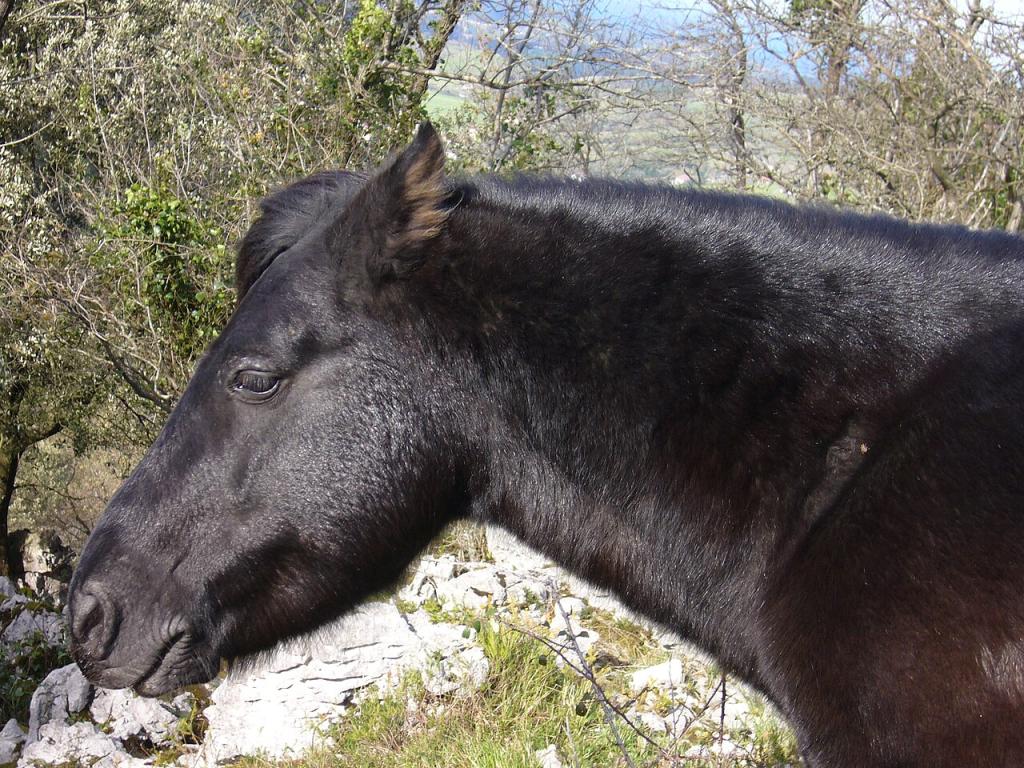
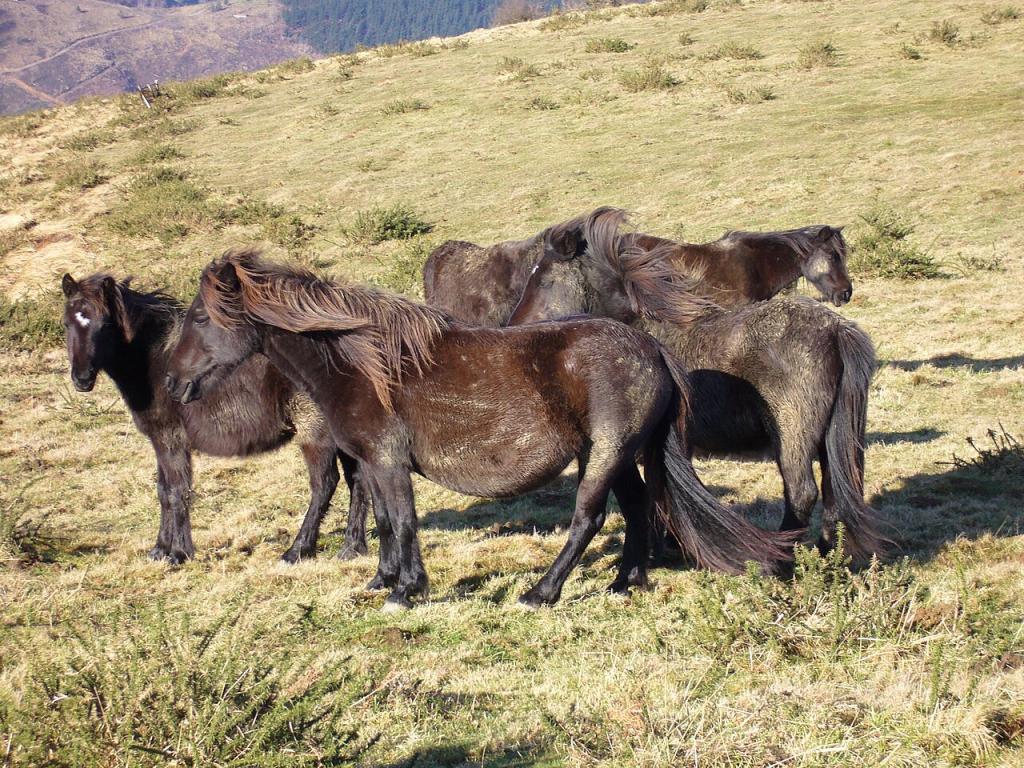
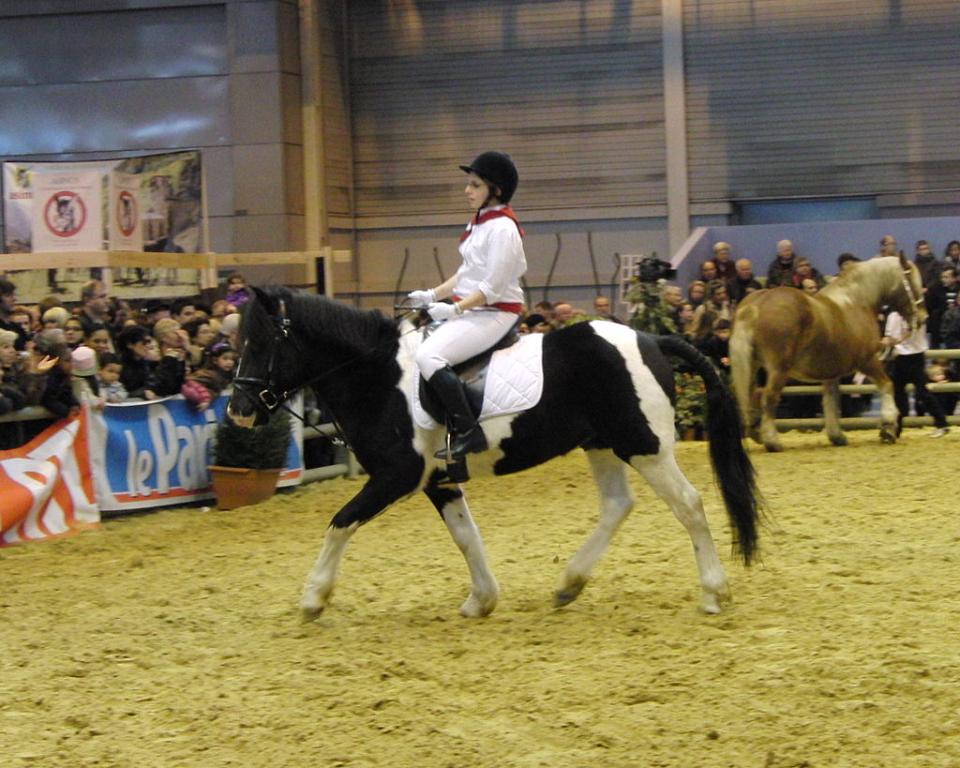
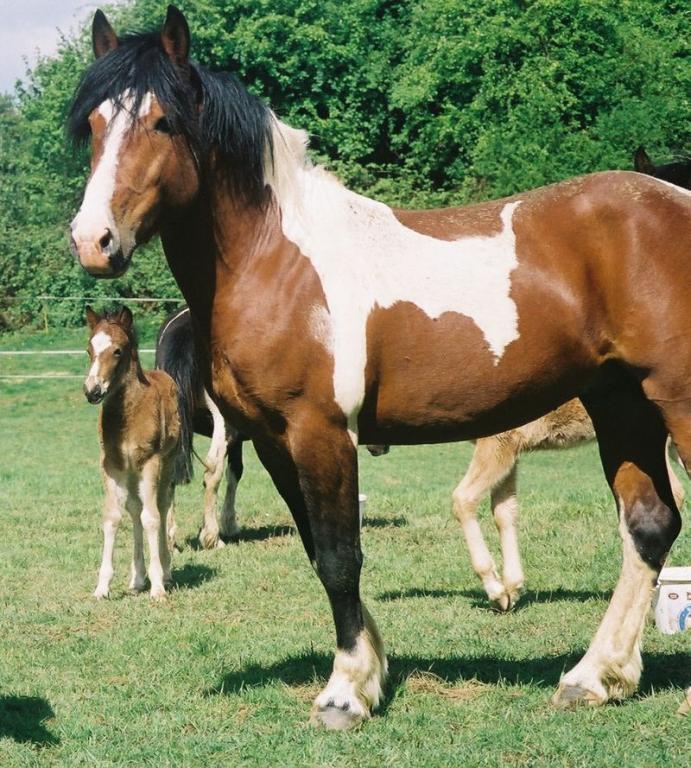
The Pottok is a very ancient pony originating from the Basque mountain regions, spanning the southwest of France (Pyrénées-Atlantiques) and northern Spain (Basque provinces of Biscay and Gipuzkoa). It likely descends from Cantabrian-Pyrenean equine lineages and once lived wild in the Basque mountains. A native, rustic breed, adapted to mountainous climates, the Pottok is considered a strong cultural symbol of the Basque people.
The Pottok’s historical cradle lies in the Basque mountain ranges, especially the Rhune, Ursuya, Artzamendi, and Baïgura, located in the French Pyrénées-Atlantiques. In Spain, breeding is concentrated in the provinces of Biscay and Gipuzkoa.
Mountain Pottoks live in semi-freedom, gathered once or twice a year for basic care. In contrast, the prairie Pottok (also called "sport Pottok") is raised in more domestic settings in other French regions such as Normandy, Pays de la Loire, Burgundy, and Centre-Val de Loire. There are also several breeders in northern Spain.
The Pottok is a unique genetic resource among European ponies. Descended from an ancient Cantabrian-Pyrenean lineage, it is considered one of the last semi-wild ponies in Western Europe still living in freedom.
This breed plays a crucial role in the preservation of equine biodiversity, thanks to its hardiness, frugality, and exceptional adaptation to mountain climates. Several studies, notably by INRAE, have highlighted its value for genetic conservation, and its classification as an endangered breed further underscores its importance in safeguarding programs.
The Pottok is a very old breed, likely derived from Cantabrian-Pyrenean horses.
Although it is not directly descended from prehistoric horses depicted in the caves of Isturitz or Oxocelhaya, many cave paintings strongly resemble its current appearance.
The Pottok was used for centuries as a pack and farm horse, and later in the mines during the 19th century due to its small size, strength, and low-maintenance dark coat.
Modern selection began in the 1970s with the creation of the National Pottok Association, and the stud-book was formalized in 2005. Today, the Pottok stands as a living symbol of Basque identity.
The Pottok is known for its gentle yet energetic temperament. It is a lively, generous, and hardy pony, retaining a strong survival instinct from its life in the mountains. Very resilient, it is also enduring and reliable.
It is valued for its honest behavior under saddle, its great adaptability, and its ability to live in semi-freedom without losing calmness or sociability. It is ideal for children, trekking, and both leisure and competition equestrian activities.
The future outlook for the Pottok is mixed. On the one hand, the breed is enjoying a renewed interest in leisure activities, driving, and eventing, due to its robustness and gentle nature.
On the other hand, the original mountain type remains fragile: studies have shown a worrisome loss of genetic diversity, linked to declining numbers and crossbreeding. Priority conservation programs have been launched, with lineage monitoring, cross-border exchanges, and efforts to maintain natural selection in the wild.
Promoting the Pottok as a heritage pony also plays a vital role in its continued survival.
The Pottok is a generally healthy breed, with a robust constitution. Its life in natural conditions has selected it to withstand harsh climates, making it less prone to disease. Individuals have very hard hooves, minimal feathering, and good resistance to respiratory and digestive conditions.
No specific genetic disorders are currently known, although the genetic erosion of the original mountain type requires careful monitoring to avoid inbreeding or undesirable morphological drift through excessive crossbreeding.